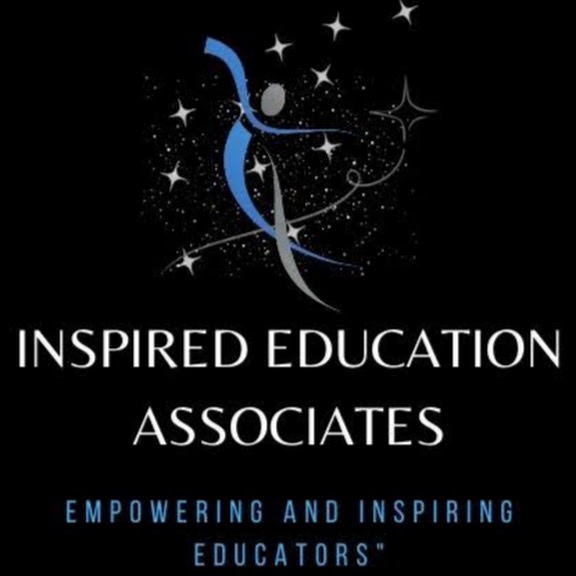Understanding Accommodations and Modifications in Education

Introduction
In education, creating an inclusive and equitable learning environment for all students is essential. For students with disabilities or other specific needs, accommodations and modifications can provide the support they need to access the curriculum and succeed. While these terms are often used interchangeably, they refer to different types of support. This article explores the differences between accommodations and modifications, their importance in education, and examples of how they can be implemented in the classroom.
What Are Accommodations?
Accommodations are changes that are made to how a student accesses information or demonstrates learning, without altering the learning goals or the content of the curriculum. The goal of accommodations is to level the playing field so that students with disabilities or learning challenges can participate in the same educational activities as their peers.
Examples of Accommodations:
- Extended Time: Allowing a student more time to complete assignments or tests.
- Alternate Formats: Providing materials in different formats, such as audiobooks or large print, to support students with visual impairments or reading disabilities.
- Assistive Technology: Using tools like speech-to-text software or screen readers to help students engage with content.
- Preferential Seating: Seating a student in a position where they are less likely to be distracted, such as near the teacher or away from windows.
- Note-takers or Audio Recorders: Allowing a student to use a note-taker or an audio recording device during lectures to capture information.
Accommodations allow students to work within the same academic framework as their peers but with supports that address their individual needs.
What Are Modifications?
Modifications, on the other hand, involve changes to the content, curriculum, or learning goals themselves. When modifications are made, the student may not be expected to meet the same standards or objectives as other students. Instead, their goals are adjusted to better suit their capabilities.
Examples of Modifications:
- Modified Assignments: Changing the length or complexity of assignments to match the student’s ability level (e.g., reducing the number of math problems or simplifying reading material).
- Alternative Assessments: Providing different methods of assessment, such as oral presentations instead of written essays, for students who may struggle with written expression.
- Simplified Language: Modifying reading materials by using simpler language or providing summaries to help students with language processing issues.
- Reduced Expectations: Lowering the expectations for certain students in terms of skill level or achievement, while still fostering growth in those areas.
The Importance of Accommodations and Modifications
While accommodations support students in achieving the same learning outcomes as their peers, modifications adjust the outcomes themselves.Both accommodations and modifications are crucial in helping students with disabilities or learning challenges access the curriculum and have a fair opportunity to succeed. These strategies not only ensure compliance with legal requirements like the Americans with Disabilities Act (ADA) and the Individuals with Disabilities Education Act (IDEA) but also promote a culture of inclusion and equity.
- Equity: Accommodations and modifications help to provide equitable access to education by addressing diverse needs.
- Individualized Support: Every student has unique learning needs, and these strategies allow for customized support that maximizes their potential.
- Legal Protections: Many students are entitled to accommodations and modifications under federal law, ensuring their right to a free and appropriate public education (FAPE).
How to Implement Accommodations and Modifications
The process of determining which accommodations or modifications are necessary typically involves collaboration among educators, special education staff, parents, and sometimes the student. An Individualized Education Program (IEP) or 504 Plan is often created to formalize the supports needed for a student.
Steps for Implementation:
- Assess Student Needs: Understand the specific challenges a student faces in the classroom (e.g., reading difficulties, attention issues, or physical impairments).
- Consult with Stakeholders: Collaborate with special education professionals, parents, and the student to determine appropriate supports.
- Develop an IEP or 504 Plan: Create a plan outlining specific accommodations or modifications tailored to the student’s needs.
- Monitor and Adjust: Regularly assess the effectiveness of the accommodations or modifications and make adjustments as needed.
Challenges and Considerations
While accommodations and modifications are essential, implementing them can present challenges. Teachers may need additional training to effectively use assistive technology or implement individualized strategies. Also, balancing the needs of all students in a classroom can be complex, particularly in inclusive settings where students with varying abilities are learning together.
Conclusion
Accommodations and modifications are essential tools for ensuring that all students, regardless of their abilities or challenges, can succeed in the educational environment. By providing the appropriate support, educators can help students reach their full potential while promoting a more inclusive and equitable classroom. Understanding the differences between accommodations and modifications, and knowing how to implement them effectively, is crucial for fostering a learning environment that works for everyone.
